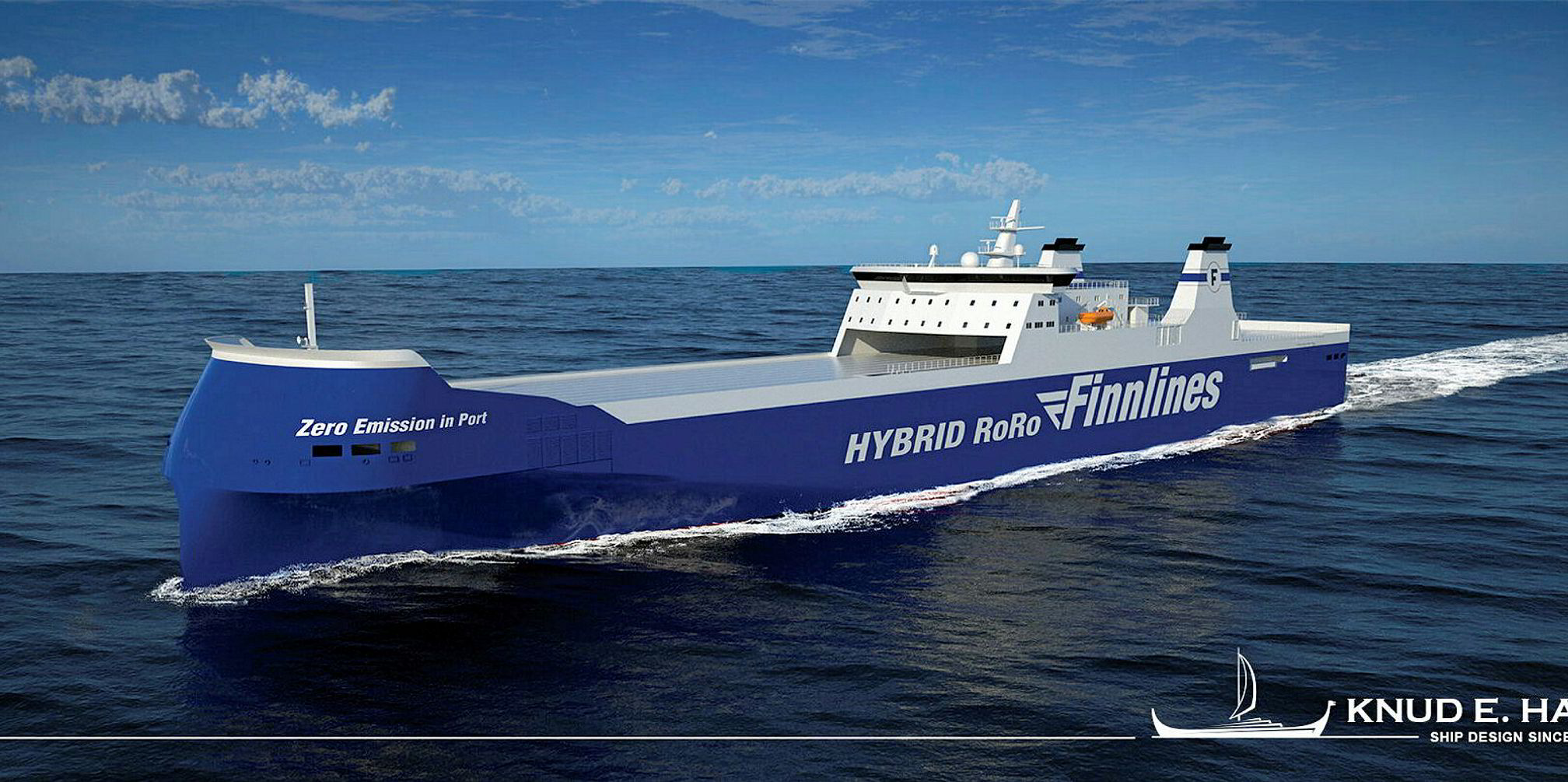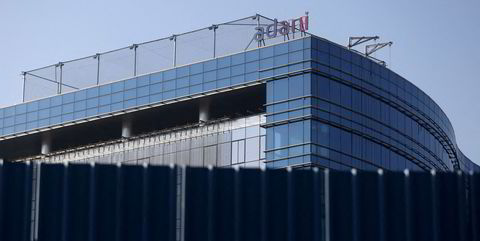Shipping and other transport sectors could see a cleaner future thanks to a US technology start-up's plans for large-scale production of advanced lithium-metal batteries.
The batteries will double the energy density of conventional lithium-ion technology.
Lavle said it is building a gigafactory that will manufacture the next-generation battery modules at scale in the US by the end of 2023, with a final production capacity of about 7 gigawatt hours per year.
The multimillion-dollar funding for the 1.5m square foot (14-hectare) facility — the location of which is expected to be announced in the coming months — is “pretty much in place”, company executives told TradeWinds' sister newspaper Recharge.
Doubling the energy density of lithium-ion technology will create a wealth of opportunities, said chief technology officer Ben Gully.
“If you have an electric car with a 300-mile [483 km] range, you swap out the battery for one of the same size and weight and now you have a 600-mile range,” he said.
“Or if you have a 300-mile range and that’s all you need, then you can cut the weight of your battery in half, and that gives you better performances.
“[The energy density] conceivably opens up whole new applications and battery use cases that we can’t even entertain right now.”
Lavle said its lithium-metal batteries will be able to achieve per-kilowatt hour cost parity with conventional lithium-ion once a supply chain is established and the cells are manufactured at scale.
But the company is not keen to get involved in the highly competitive, low-margin electric-car battery sector just yet.
“It’s in other markets where the benefit [of the energy density] is a game changer and opens up feasible products and systems that wouldn’t otherwise be possible,” Gully told Recharge.
One example, says chief operating officer Morten Pedersen, is medium-distance deepsea shipping. “You could make all North Sea shipping electric — you would not see a single diesel [powered vessel operating] between any of the European countries.”
This story originally appeared in Recharge, a sister publication on the renewables industry. Read the full story here.






